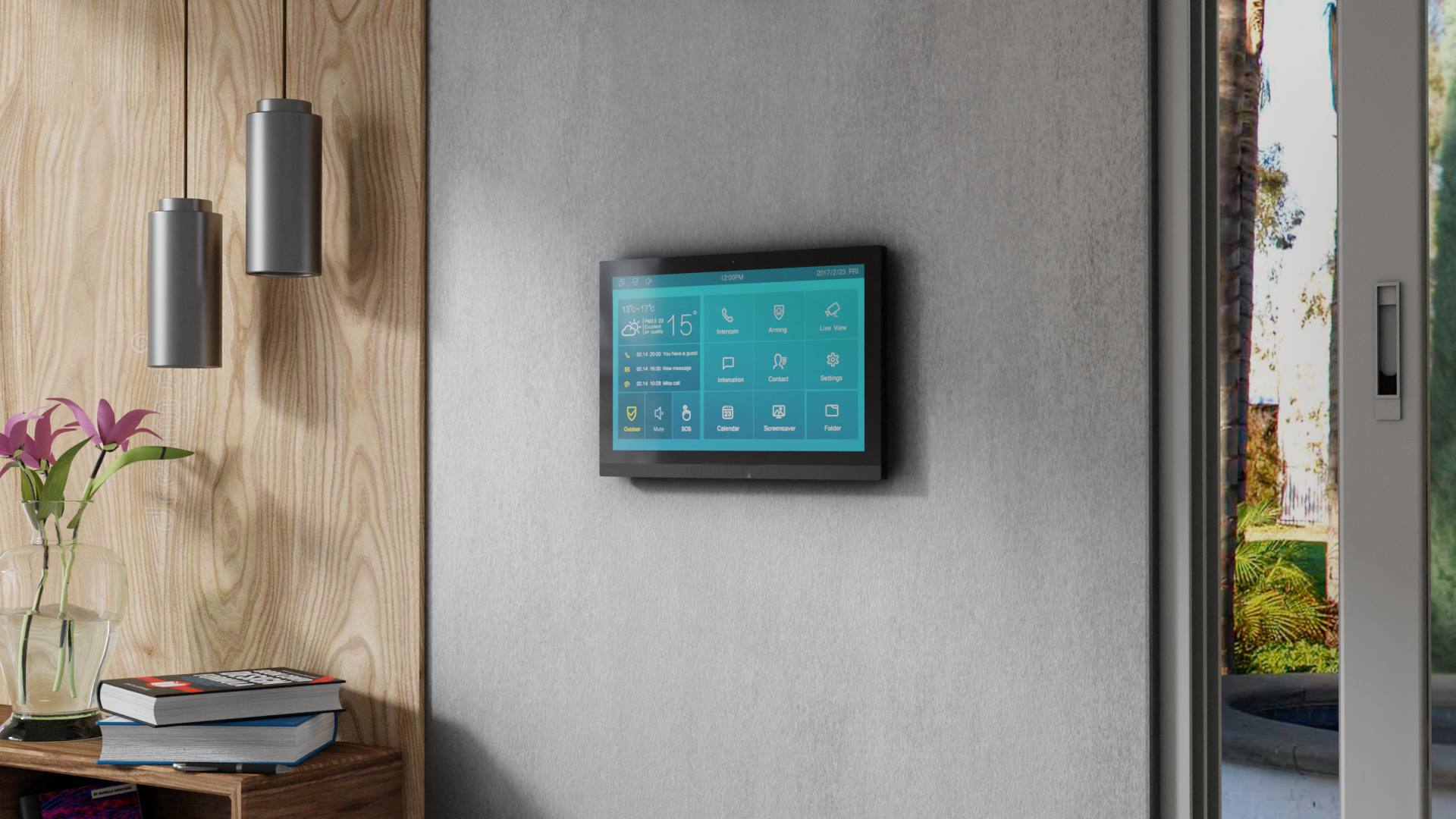As technology becomes an integral part of our lives, it is essential for families to prioritize the security and well-being of their loved ones, especially children. Smart security systems offer a range of features specifically designed to address the unique needs of families. In this article, we will explore the various aspects of smart security for families, including childproofing, parental controls, and emergency features. By implementing these features, parents can create a safe and secure environment for their children while leveraging the benefits of smart technology.

Childproofing with Smart Security Systems
Childproofing is a crucial aspect of smart security for families, ensuring the safety of children within the home. Smart security systems offer innovative solutions to childproof your home effectively. Here are some key features to consider:
- Smart Door and Window Sensors: These sensors can be installed on doors and windows to detect any unauthorized openings. They send immediate alerts to parents’ smartphones, notifying them when a child accesses a restricted area or attempts to leave the house unnoticed.
- Smart Locks: Smart locks provide convenient access control while enhancing child safety. Parents can remotely lock or unlock doors, preventing children from opening doors to unknown visitors or accidentally getting locked out of the house.
- Motion Sensors: Motion sensors can be used to create child-safe zones within the home. When activated, these sensors can trigger alarms or notifications if a child enters a restricted area, such as a staircase or a room with potential hazards.
- Video Monitoring: Smart security cameras with live video feeds enable parents to keep an eye on their children from anywhere. This feature allows for remote monitoring, ensuring that parents can visually verify their child’s safety and well-being.

Parental Controls for Digital Safety
In today’s digital age, it is essential for parents to establish controls and safeguards to protect their children from online risks and manage their online activities. Smart security systems offer various parental control features that allow parents to maintain a safe digital environment for their children. Here are some important aspects to consider:
- Content Filtering: Smart security systems can integrate with network-level content filtering, blocking access to inappropriate websites, apps, and content. This feature helps protect children from exposure to explicit or harmful material.
- Time and Device Limits: Parents can set time limits for device usage and establish schedules for internet access. With these controls, parents can ensure that children have a healthy balance between their online and offline activities.
- Activity Monitoring: Smart security systems can provide insights into children’s online activities, including websites visited, search queries, and app usage. This information helps parents understand their child’s online behavior and identify any potential concerns.
- Remote Control and Notifications: Parents can remotely control and manage their child’s devices, including pausing internet access, blocking specific apps or websites, and receiving notifications when certain online activities occur.

Emergency Features for Peace of Mind
Smart security systems offer a range of emergency features that provide parents with peace of mind, knowing that help is just a tap away. These features can be crucial in situations where children need immediate assistance or during emergencies. Here are some key emergency features to consider:
- Panic Buttons: Panic buttons can be installed in strategic locations throughout the house, allowing children to quickly activate an emergency alert. These buttons can be configured to send notifications to parents’ smartphones, security monitoring centers, or even emergency services, ensuring prompt assistance.
- Two-Way Audio Communication: Smart security systems with two-way audio capabilities enable parents to communicate with their children directly through security cameras or intercom systems. This feature can be useful in emergency situations where verbal communication is essential.
- Geofencing and GPS Tracking: Geofencing technology allows parents to define virtual boundaries and receive alerts when their child enters or leaves a designated area. Additionally, GPS tracking features enable parents to track their child’s location in real-time, providing reassurance and enhancing safety when children are out of sight.
- Integration with Emergency Services: Some smart security systems offer integration with emergency services, allowing parents to quickly contact police, fire, or medical services directly from their mobile devices in case of emergencies.

Conclusion
Smart security systems provide families with a range of features specifically designed to address the unique needs of childproofing, parental controls, and emergency situations. By implementing these features, parents can create a safe and secure environment for their children while leveraging the benefits of smart technology. Childproofing features such as smart door and window sensors, locks, motion sensors, and video monitoring help parents ensure the safety of their children within the home. Parental controls enable parents to manage and monitor their child’s online activities, protecting them from online risks. Emergency features, including panic buttons, two-way audio communication, geofencing, and GPS tracking, provide peace of mind and quick access to help when needed. By prioritizing these aspects of smart security, families can enjoy a secure and nurturing environment for their children.

